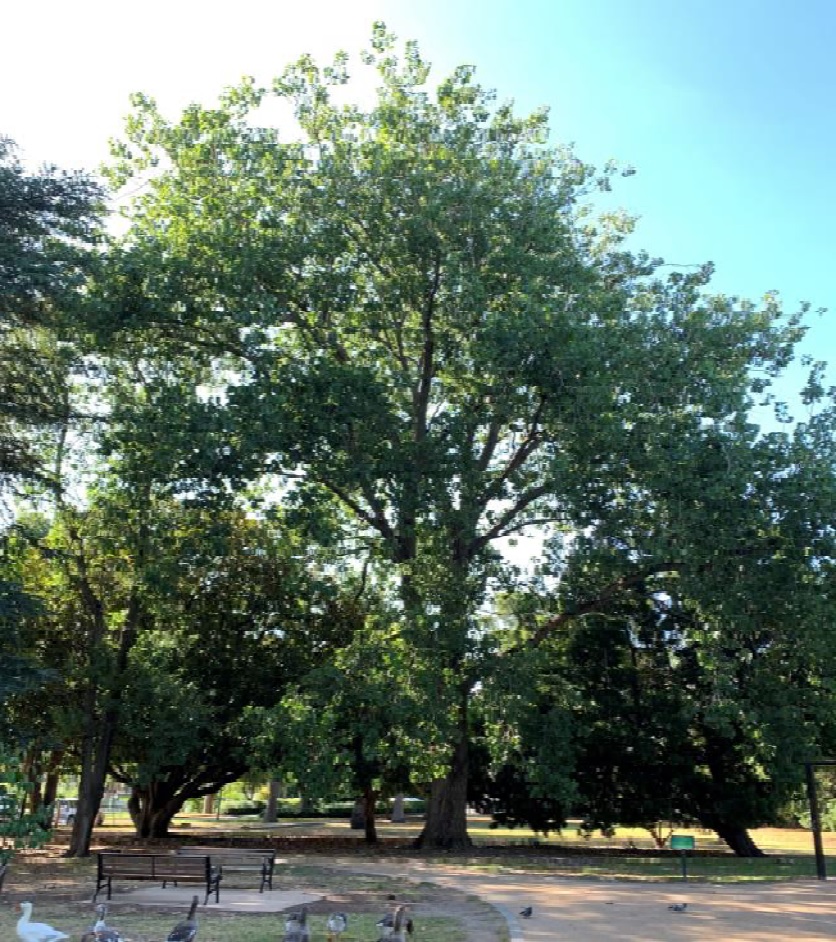Tree number
449/CTR/2022
Date of assessment
09/01/2023
Assessing Officer
Christian Renaud
Tree Owner
Council Trees
Record Type
Group of Trees
Number of trees
9
Botanical Name
Populus X canadensis
Common Name
Canadian Poplar
Structural Root Zone (SRZ)
3.5m – 4.1m
Approximate age
Estimated age range across all 9 trees is 40 – 60 years
Diameter at breast height:
90cm – 146cm
Tree Protection Zone (TPZ)
10.8m – 15.0m
Tree height
22m – 26m
Tree canopy width
18m – 24m
Coordinates
326475.9, 5806504.3; 326415.1, 5806504.2; 326387.7, 5806499.4, 326374.8, 5806513.4; 326366.1, 5806525.1; 326457.5, 5806567.5; 326428.6, 5806571.3; 326434.3, 5806552.3; 326420.1, 5806556.4
Glen Eira Asset ID
TP101800, TP101870, TP101917, TP101920, TP101921, TP101846, TP101840, TP101842 & TP101841






